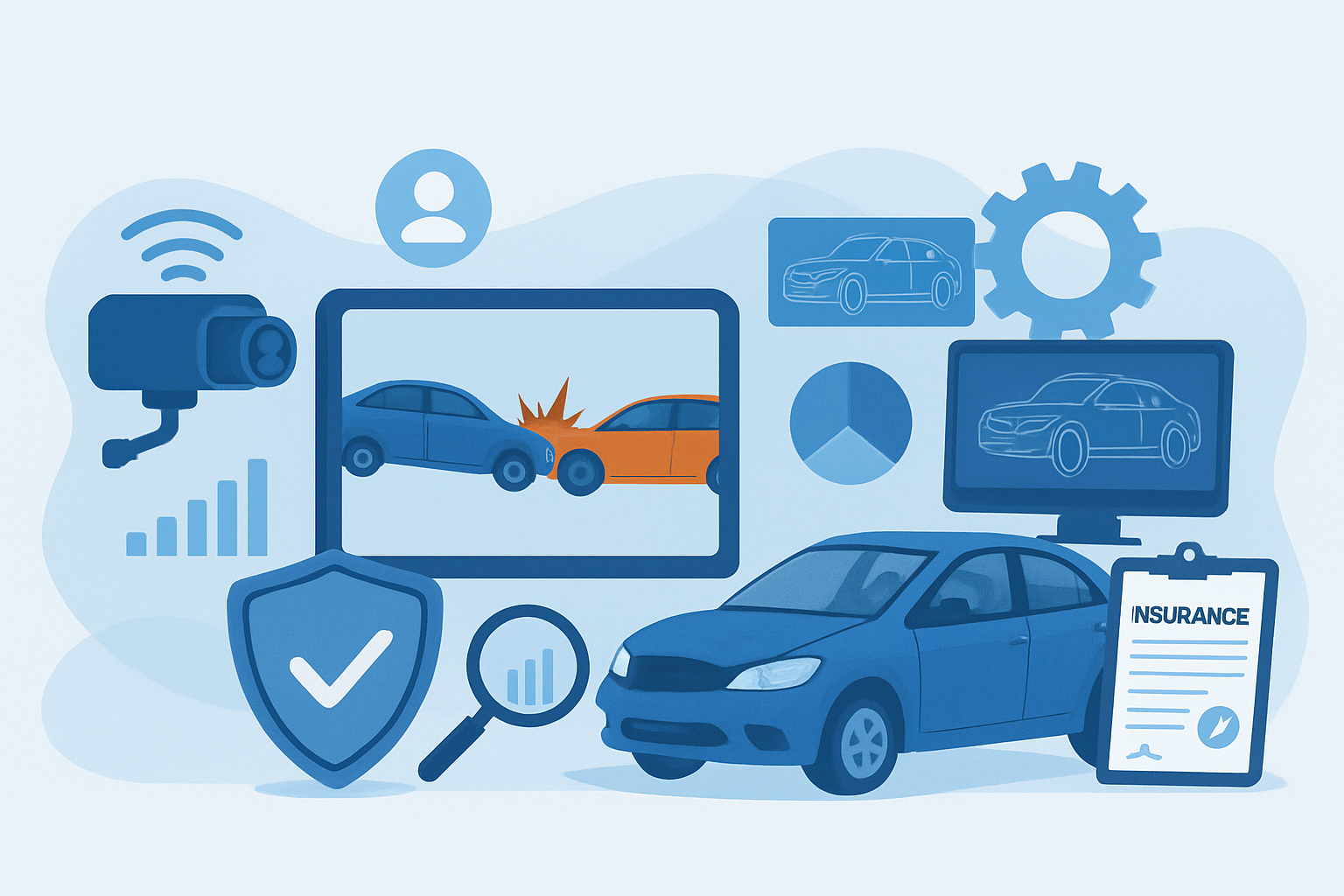
Beyond Telematics: The Next Evolution of Connectivity in Insurance
For more than a decade, telematics has been the breakout technology in personal and commercial auto insurance—transforming how risk is priced, how claims are initiated, and how insurers engage with drivers. Usage-based insurance, dynamic pricing, and automated first notice of loss are now standard features across many carriers. But as telematics adoption reaches maturity, a new wave of connected technologies—borrowed largely from the commercial fleet world—is poised to push the insurance industry into its next evolutionary phase.
One of the most significant of these advances is the use of connected cameras and collision footage. Long relied upon in fleet operations to coach drivers and defend against false claims, video evidence is rapidly finding a place in consumer-facing insurance. High-quality footage provides an objective view of what happened, reducing ambiguity, curbing fraud, and accelerating liability decisions. It’s a natural extension of telematics: not just measuring how someone drives, but capturing what occurred in the critical seconds before and after a collision.
The real frontier, however, lies beyond simply collecting video. Emerging technologies are enabling full incident reconstruction—using sensor data, telemetry, video, mapping, and AI to generate a comprehensive digital twin of the event. Instead of piecing together conflicting accounts, insurers can rely on a synchronized, physics-based recreation that shows impact angles, vehicle speeds, and contributing factors with unprecedented clarity.
Once the incident is reconstructed, the next leap is automated damage analysis. AI-powered models can already assess vehicle damage, estimate repair costs, and predict total loss likelihood with impressive accuracy. Combine that with injury likelihood scoring and property-impact modeling, and insurers suddenly have the ability to generate a near-complete claim file minutes after a crash: a validated incident narrative, liability assessment, repair estimate, and even an initial settlement proposal.
This doesn’t eliminate the need for human oversight—and it shouldn’t. As in many areas of technology, the enemy of the good is the perfect. While AI can handle the heavy lifting of data gathering, evidence synthesis, and paperwork, human adjusters remain essential for the final, customer-facing decisions—especially when emotions are high, injuries are involved, or negotiations between parties must remain fair and empathetic. Technology can determine what happened; people are still best suited to determining what’s reasonable.
Yet the potential impact is profound. Faster settlements, fewer disputes, reduced litigation, better fraud detection, and a far more seamless customer experience all become achievable when insurers combine telematics with next-generation incident intelligence.
Telematics may have been the industry’s first major step into connectivity, but it was only the beginning. The next evolution brings insurers closer than ever to real-time truth—transforming claims from a fragmented, reactive process into a connected, data-rich, and largely automated workflow. The companies that embrace this shift will not only operate more efficiently; they’ll redefine what customers expect from an insurance partner in a fully connected world.




